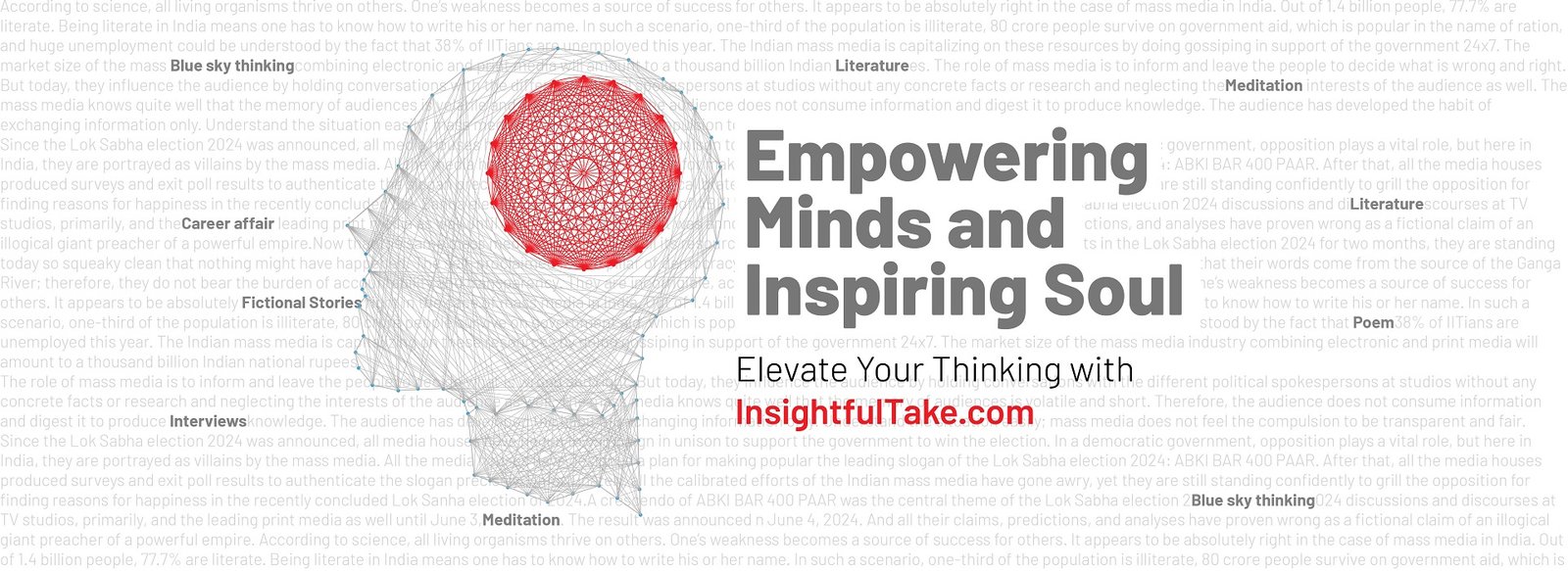In the vast landscape of human expression, few phrases carry as much emotional weight as "I think of you." These four simple words bridge the gap between thought and communication, transforming an internal experience into a meaningful expression of connection. But in the digital era, this phrase has taken on an even greater significance, reshaping the way we interact, remember, and sustain relationships.
The Evolution of "I Think of You" in Digital Communication
With the rise of instant messaging, social media, and video calls, communication has undergone a dramatic transformation. Expressing "I think of you" is no longer confined to face-to-face conversations or handwritten letters; it can now be sent instantly across the world. A text, a voice note, or even an emoji-laden message carries the same sentiment, keeping relationships alive despite physical distances.
In this era, when you send "I think of you" through a digital platform, it has the power to linger in both the sender’s and receiver’s mind. The act of thinking about someone becomes more immersive, as notifications, memories, and past messages serve as constant reminders of shared moments. The digital space, in many ways, amplifies the emotional resonance of this phrase, making it more than just words—it becomes an ongoing dialogue of connection.
The Cognitive Process: Memory, Imagination, and Digital Triggers
Saying "I think of you" is more than just stating a fact—it activates an intricate web of cognitive mechanisms. Memory plays a crucial role, as thinking of someone often means recalling shared experiences or past emotions. But in the digital age, this process is heightened by technology. Old messages, social media posts, and even suggested memories on platforms like Facebook and Instagram reinforce our thoughts about people in ways that weren’t possible before.
Digital communication enables an almost continuous engagement with the thought of someone. A simple notification can trigger a cascade of emotions, pulling us back into past conversations and shared experiences. The ability to relive moments with a single click intensifies our emotional bonds, making "I think of you" not just a fleeting thought but a persistent presence.
Building Rapport in Digital Relationships
One of the most remarkable aspects of "I think of you" in the digital age is its role in maintaining and deepening relationships. In an era where face-to-face interactions are often limited, expressing that you’re thinking of someone fosters emotional closeness. A well-timed message, a thoughtful comment, or even a reaction to an old post can make a profound impact on someone’s perception of a relationship.
Moreover, the phrase takes on new layers of meaning in digital communication. Unlike a casual in-person mention, a digital "I think of you" is often deliberate. It requires effort—a conscious decision to reach out. This makes it an even more powerful tool in sustaining long-distance friendships, rekindling past connections, and building meaningful rapport in online interactions.
More Than Words: A Reflection of Human Connection in the Digital Age
At its essence, "I think of you" is not just a sentence—it’s a testament to the complexity of human cognition and communication. In the digital era, it holds an even greater significance. It embodies our ability to form deep emotional bonds despite physical distance, relive and reinterpret shared moments through digital triggers, and strengthen relationships through thoughtful outreach.
In an age where digital interactions dominate, remembering the significance of "I think of you" can serve as a reminder of our shared humanity. Whether spoken aloud, sent in a message, or simply held in the mind, these words continue to affirm one of the most fundamental truths of human existence: we are never truly alone in our thoughts—and now, technology ensures we don’t have to be alone in our communication either.

